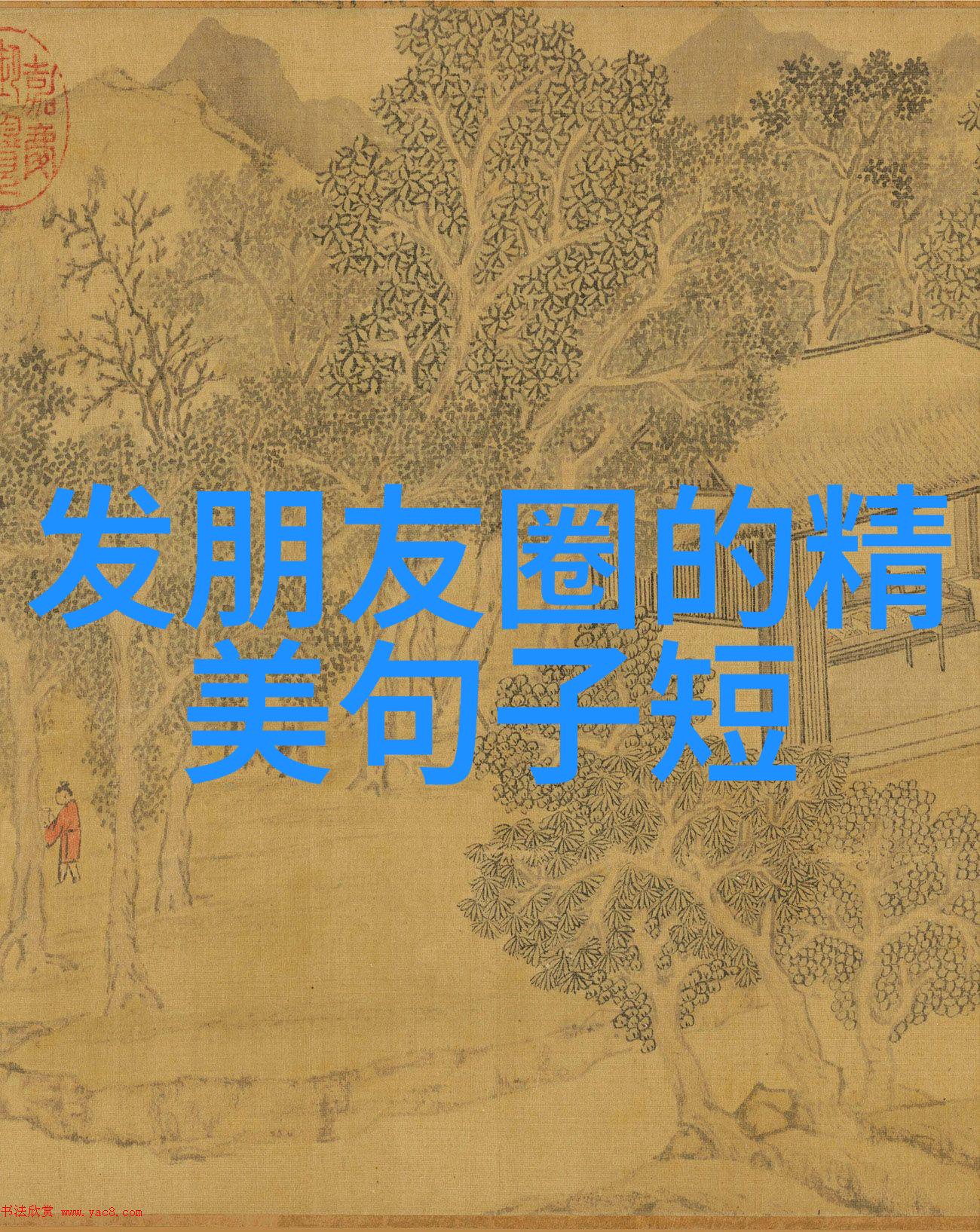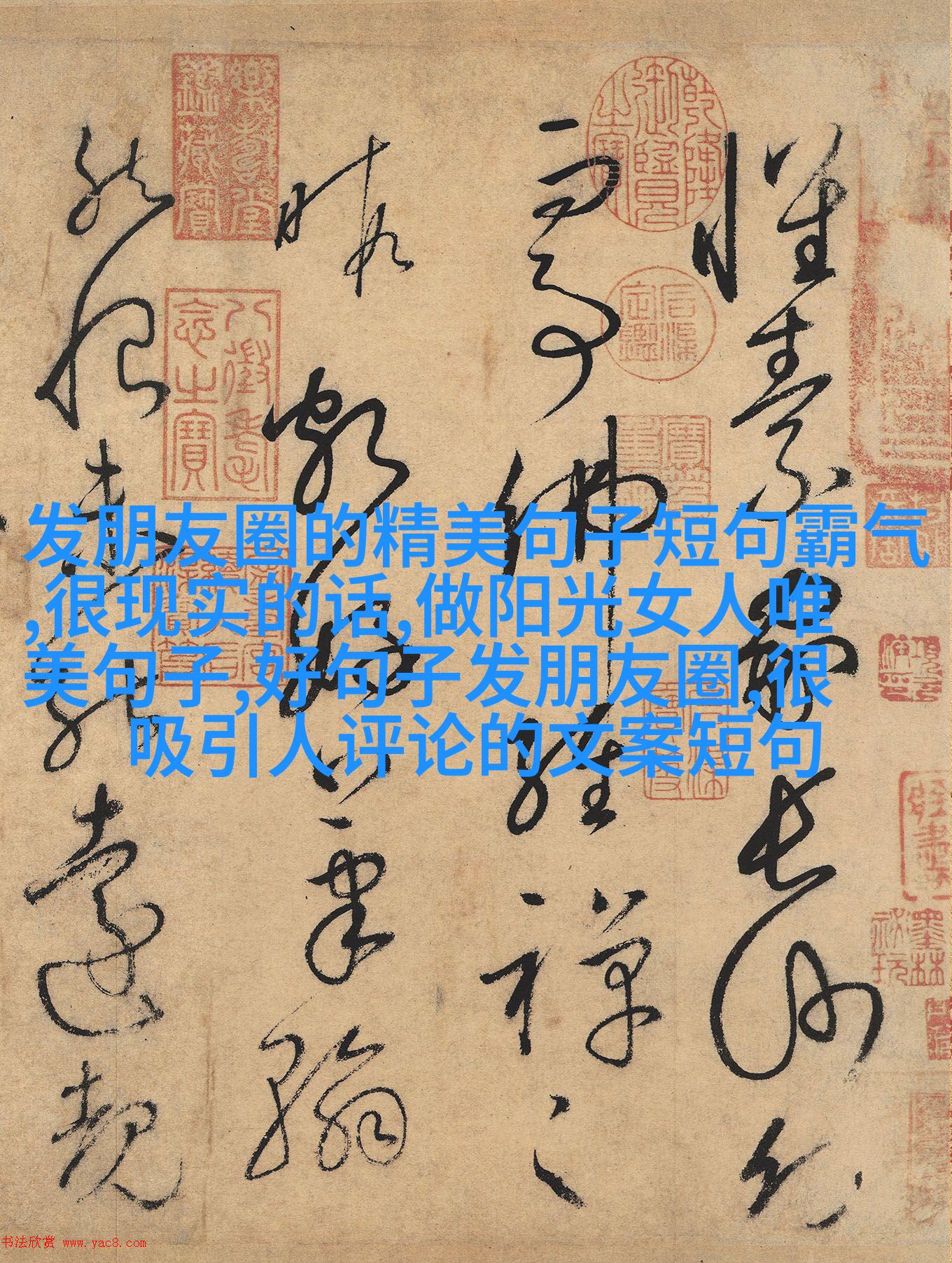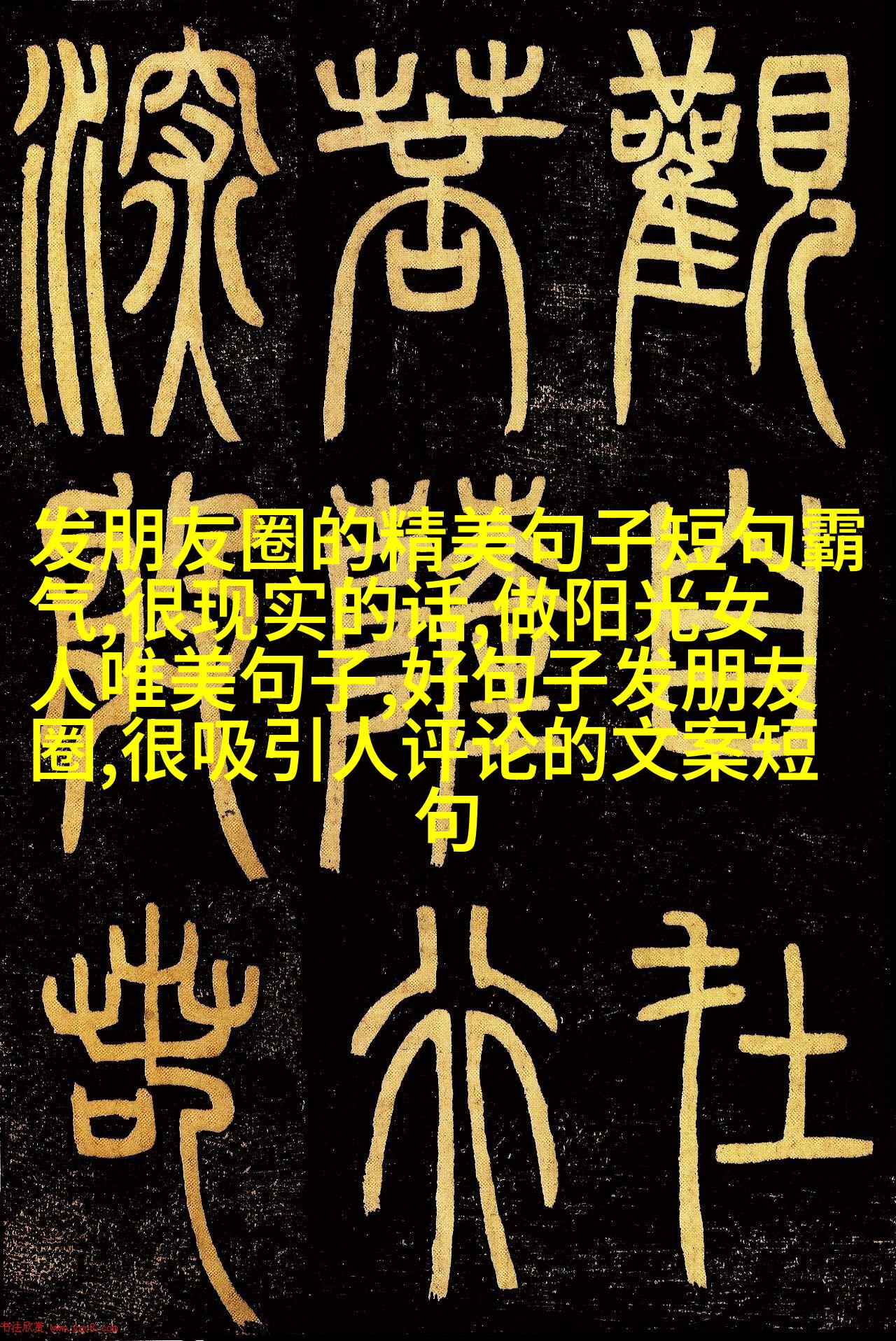女性签名从传统到现代的审美变迁
一、传统女性签名的文化内涵

在中国古代,女性签名往往不仅仅是一种书写工具,它承载着对女性的尊重与优雅。这种签名通常以楷书为主,以其稳重庄严的风格来体现出女性坚韧不拔的一面。这样的签名常常见于古代妇女的手记中,如诗词、日记或是家谱等文物中。这些手迹不仅反映了当时女子受教育程度和文学素养,也折射出了她们生活中的琐事和情感世界。
二、现代女性签名的个性化追求

随着社会的发展,尤其是工业革命之后, females' roles and status underwent significant changes. This transformation was also reflected in the evolution of female signwriting styles. The modern era has witnessed a proliferation of various handwriting styles, from bold and playful to elegant and sophisticated. Today, women are no longer confined to traditional calligraphy but can express themselves through an array of creative fonts that mirror their unique personalities.
三、数字时代下的电子签名挑战

With the advent of digital technology, paper-based signing has become increasingly less prevalent. Electronic signatures have emerged as a more convenient option for both personal and professional transactions. However, this shift poses a challenge to the art of handwritten signature-making that was once so integral to women's identity-building processes. The rise of electronic signatures raises questions about how we can preserve the cultural significance associated with handwritten signs while still embracing technological advancements.
四、新媒体时代下女性署名方式创新

The rapid growth of social media platforms like Instagram and WeChat has given birth to new ways for women to express themselves through their signatures. These platforms have created spaces where individuals can showcase their creativity by experimenting with different colors, fonts, and even emojis in their online profiles or posts related to fashion or beauty trends. As a result, digital signatures have become an essential part of self-expression for many contemporary young females who desire not only visibility but also artistic expression.
五、跨文化交流中的署名前景展望

In today's globalized world where cross-cultural communication is becoming more important than ever before, there is an increasing demand for effective visual representation tools that transcend linguistic barriers among diverse communities worldwide—especially when it comes down to matters related directly or indirectly involving gender issues such as education access or labor rights campaigns which often involve collaboration between people from different backgrounds requiring common symbols or icons shared across languages regardless whether they're spoken at home language (L1) native speakers speak most fluently). In response towards these needs arising within our interconnected society alongside rapidly evolving technologies available now & coming soon enough; one possible approach could be exploring what other forms besides just written words would work best in representing individual identities without necessarily relying on specific scripts alone anymore while still maintaining some level balance between simplicity vs versatility allowing those unfamiliar with certain script systems yet interested parties too understand meanings conveyed — all being accomplished via visually engaging designs utilizing images / logos combined into single symbol set up easily accessible everywhere else including virtual environments!